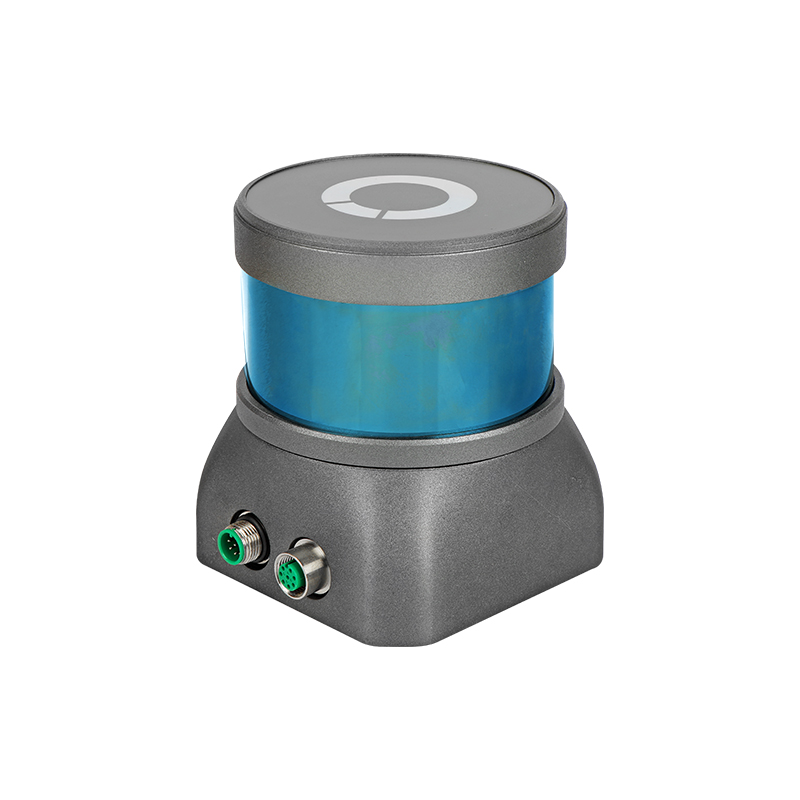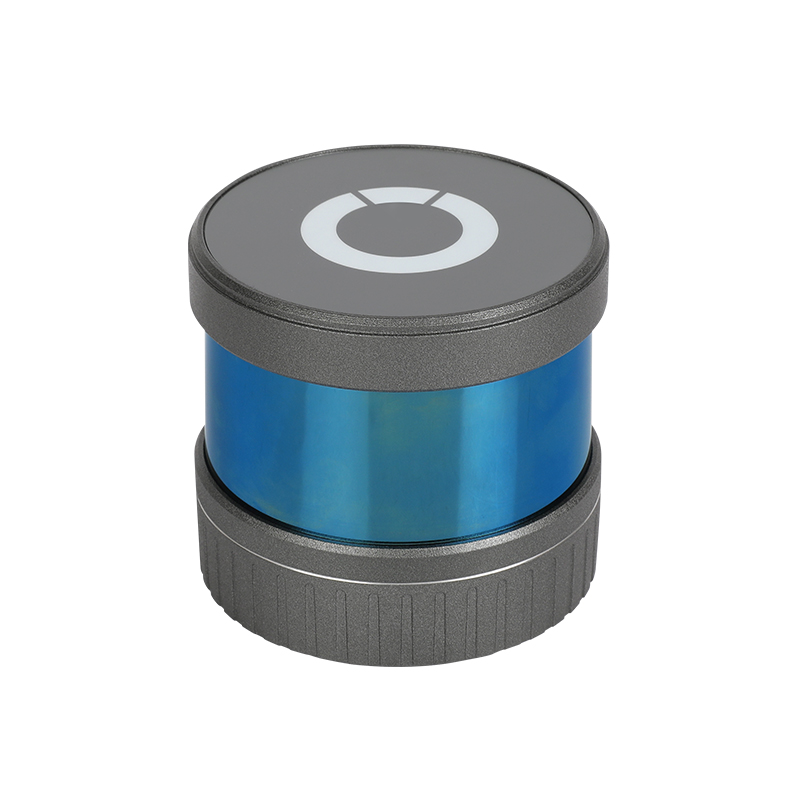Automotive

AI in automobiles is the key direction for the development of the automotive industry in the future, and autonomous driving is the most critical core technology in the process of automotive intelligence.
LiDAR, which is used in automotive autonomous driving, must be able to quickly and reliably sense the surroundings of the vehicle and create 3D images of the surrounding environment and the road ahead as much as possible. LiDAR mounted on a fast-moving vehicle needs to be able to “see” a distance of at least 150 m in front and detect obstacles as small as 10 cm in height.
According to SAE (American Society of Automotive Engineering), autonomous driving is divided into five levels based on the degree of completeness of the implementation, and full automatic driving will be the ultimate goal.
Advanced Driver Assistance Systems (ADAS)
Assistance automatic driving still requires driver to complete the main driving actions, but only adds functions such as ADAS and ACC to make driving safer and more efficient.
For example, LiDAR is installed at the front and rear ends of the car to ensure the safe distance between the front and rear vehicles to avoid rear-end collisions; installing LiDAR on both sides of the vehicle can not only monitor the safety distances on both sides, but also prevent the vehicles from deviating from normal lanes, when the vehicle turns, can also provide security warnings for blind areas.

Fully automatic driving
Fully automatic driving requires the vehicle to be completely free of personnel control. The occupant is just like taking public transportation and getting off at the station.
The fully autonomous driving solution requires the use of LiDAR with other sensors such as GNSS, camera, millimeter wave radar, and data fusion algorithms to optimize the data fusion of each sensor. In the end, it can directly guide the vehicle to safely drive according to the external surroundings, avoid risks, respond quickly to sudden situations, and handle it correctly.






